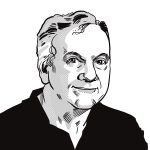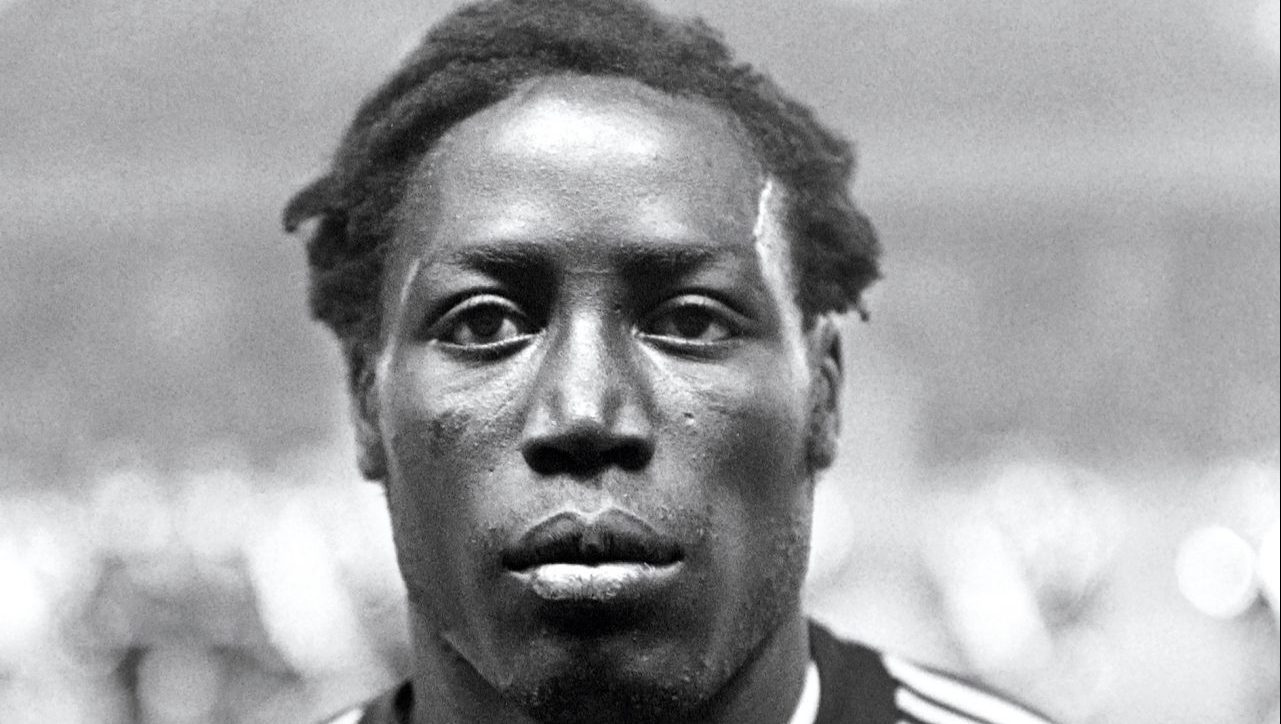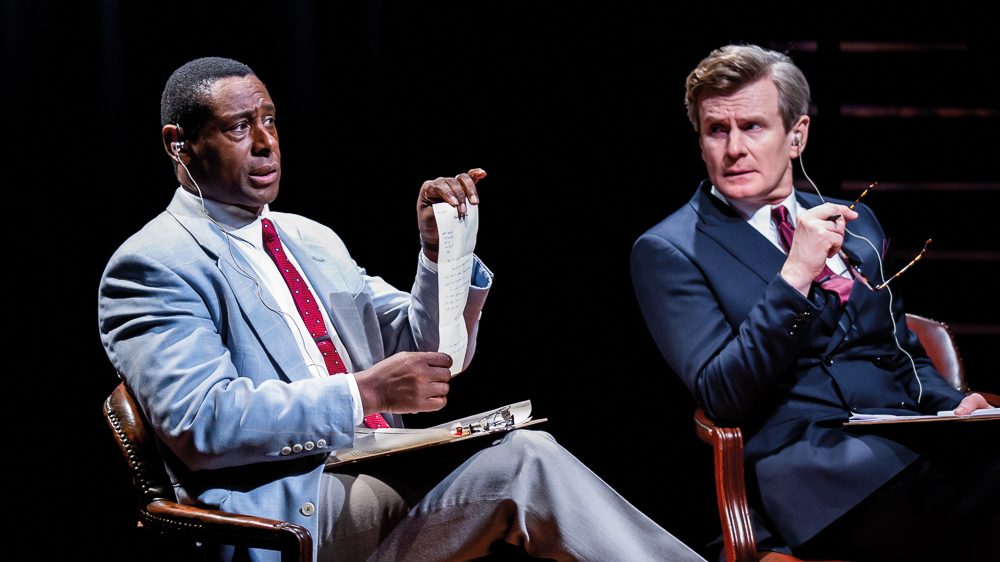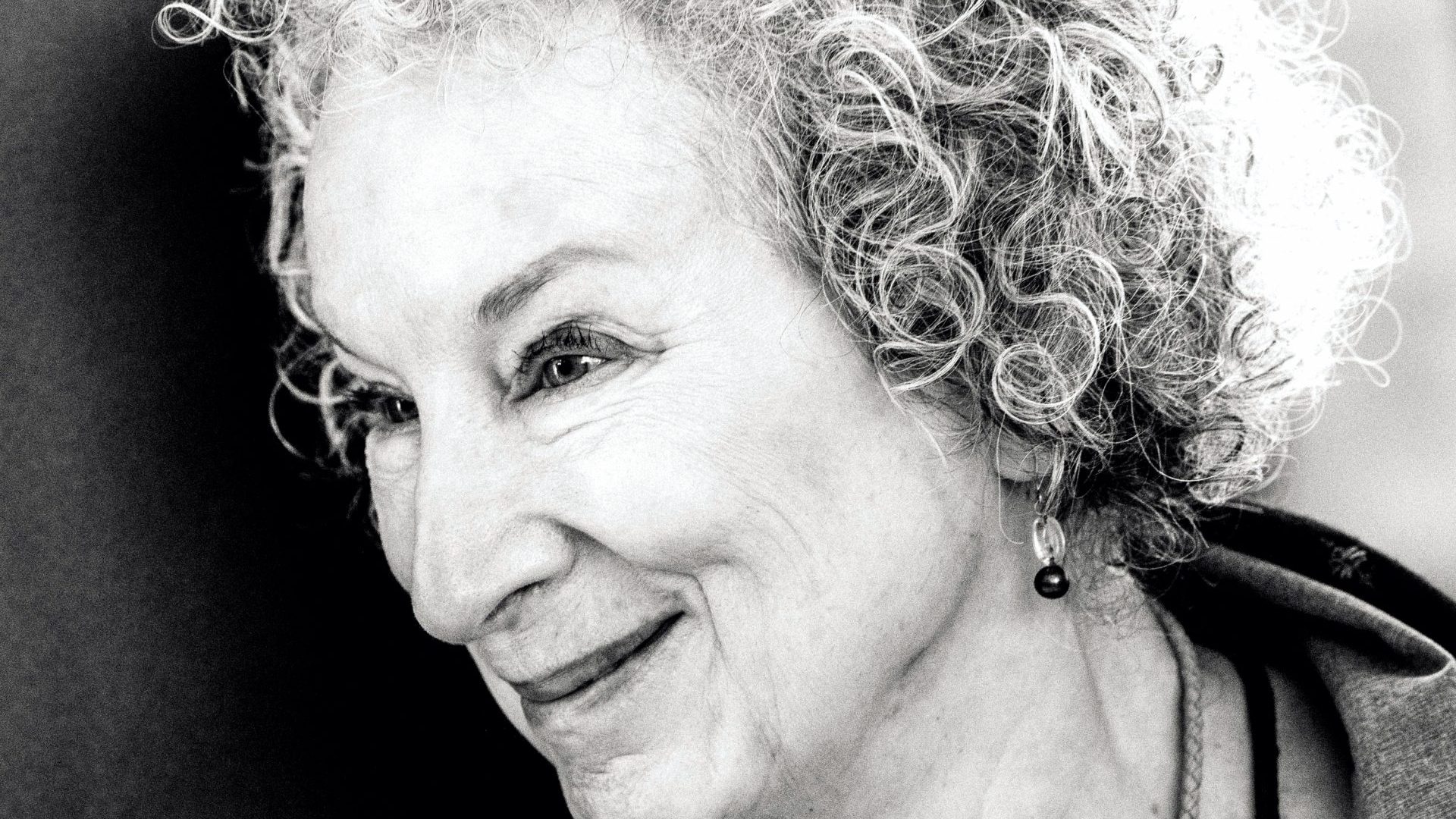Managers complaining about English football overloading the Christmas and New Year calendar to the detriment of players’ health are only half right.
Their staffs are cut by Covid, but games postponed now will have to be played in the latter half of a season already truncated by this being an African Cup of Nations Year, a World Cup in Qatar year, and a year of other expanded tournaments chasing the dollar.
The real enemy is Gianni Infantino, the megalomaniac president of FIFA. He (and, alas, his frontman Arsène Wenger) are still pushing for a World Cup expanded to 48 nations every two instead of four years.
Wenger should know better because football took him from a small family cafe in Alsace to riches, fame and well-earned status as a man who coached
according to the former FIFA slogan, “For the Good of the Game.”
Infantino is a Swiss-Italian lawyer who seized power during the moral vacuum that followed the criminal greed of FIFA’s hierarchy helping themselves to the riches of the global game. Infantino’s New Year message claimed that doubling up on world tournaments “benefits everyone, without harming everyone.”
Like a politician, he expects the people to just swallow that. Promise the national associations greater wealth and you win their votes to sustain you in office. Infantino awards himself a salary hike that puts him on a par with players – without him risking their physical or mental burnout.
If the overlord wants an insight into the darker side of player overload he should read the recent memoir Basta, My Life, My Truth. It is the autobiography of Marco van Basten, who Infantino briefly hired as FIFA
technical director before replacing him with Wenger. The book is harrowing – not because it lifts the lid on football politics for which van Basten was ill-equipped – but for the betrayal of trust between the world’s sharpest goalscorer of his time and medical practitioners paid to help him.
Many of us mistakenly presumed that van Basten’s premature retirement at the age of 28 was caused by defenders hacking his ankles to pulp. Players everywhere recklessly assault one another. Consider the wild challenge by England goalkeeper Jordan Pickford on van Basten’s countryman Virgil van Dijk during last season’s Merseyside derby. That destroyed van Dijk’s cruciate ligament and his season.
Pickford was not red-carded. Neither was Harry Kane, the England captain, after a wild lunge with his studs on the ankle of Liverpool’s Andy Robertson last month. Referees appear too much in awe of players’ reputations to punish them by the book.
Yet van Basten, no shrinking violet in the physical side of the game, attests: “The person who did me the most damage was not a player but a surgeon.” He recounts entering the clinic in St Moritz of Dr René Marti on December 21, 1992, for a supposedly routine “cleansing” operation to remove fragmented ankle bone.
He had played through pain for 10 months on torn ligaments, damaging his bones. “The ligaments were reattached, I played for five more years. The doctors said: ’We’re going to clean the ankle of bone remnants and then you can play another five years with more freedom’. I thought it was a great idea. But I couldn’t play again.”
Like many players, van Basten tried anything and everything for a cure. Chinese acupuncture, herbal medicines, hot coals. Ultimately, he not only gave up football, but could barely walk or play with his kids.
One doubts Infantino ever confronted such pain or such truth. One wonders how Neymar, who seems to hobble between big games for club and country on similarly dodgy ankles, might weigh up fame and fortune against the legacy that could emulate van Basten’s experience.
This is not meant as a tirade against the brilliance of doctors. At some time in life, all of us might need, and be grateful for, those healing hands. As a journalist I have had personal insight into the care and compassion of Dr Michel d’Hooghe, the Belgian doctor who headed FIFA’s medical commission for decades, dedicating unpaid hours amounting to years persuading FIFA to put medical health first and reframe the laws to prevent players harming one another.
I also had privileged access to players at the top of their game and to their medical records and x-rays when specialists made them whole again after they were broken. Those included Trevor Francis, the first £1m player,
whose Birmingham orthopedic surgeon repaired his knee and later his Achilles, describing the tendons as “like piecing together strands of a horse’s tail”.
Also Ruud Gullit, an amalgam of physicality and balletic balance, whose career depended at one time on a tiny strand of cartilage sewn into his knee by another Belgian surgeon. And Paul Gascoigne whose shattered knee was
pieced together after his own self-wounding rash tackle at Wembley at the prime of his life.
Those careers were preserved on the operating table. But the reverse can also be true. Last September a simple statement from Nimes told us: “Jean-Pierre Adams est morte.”
Adams and Marius Trésor, though born overseas, formed a defensive duo that persuaded the multi-racial blend that made France football champions of the world. Adams was left in a vegetative state, cared for by his wife
for 39 years, after a knee ligament operation was compromised by an
anaesthetist erroneously starving his brain of oxygen. The knee was fixed, the brain never could be.
For all the marvelous collaboration around the world between sport and
science, J-P Adams is a devastating reminder of the harm that overplaying can cause. The president of FIFA should be told.




